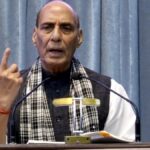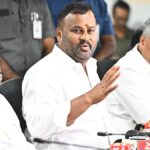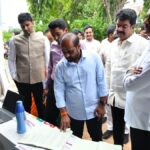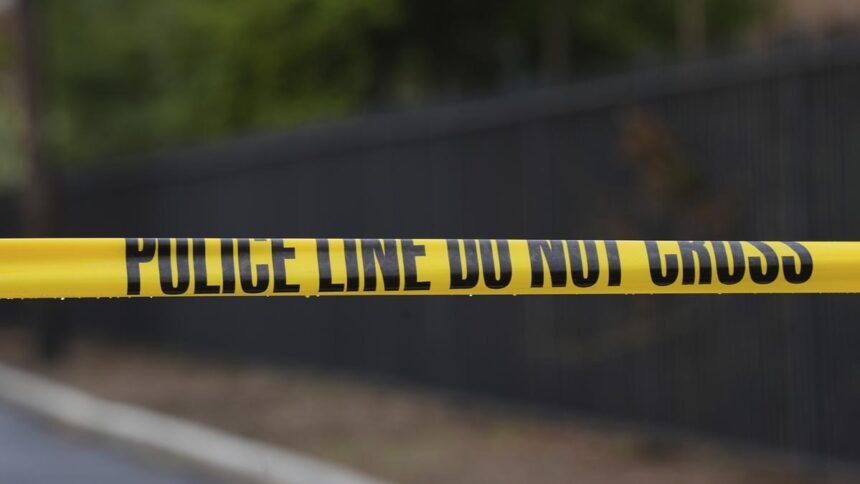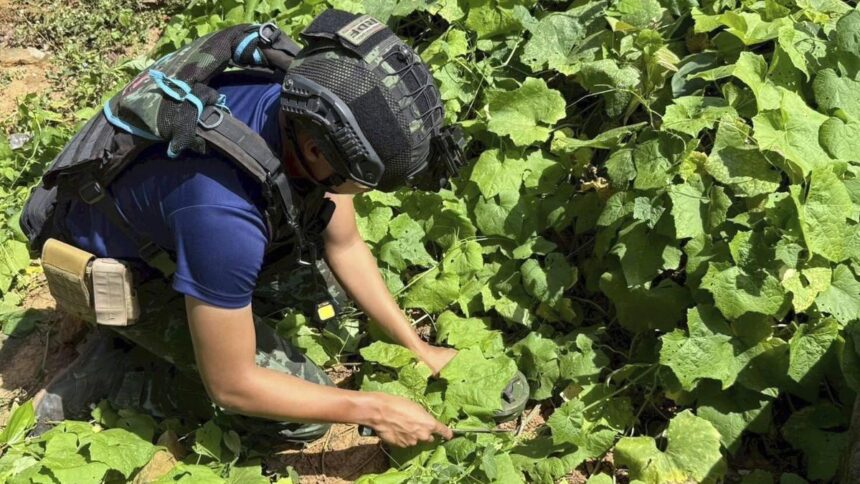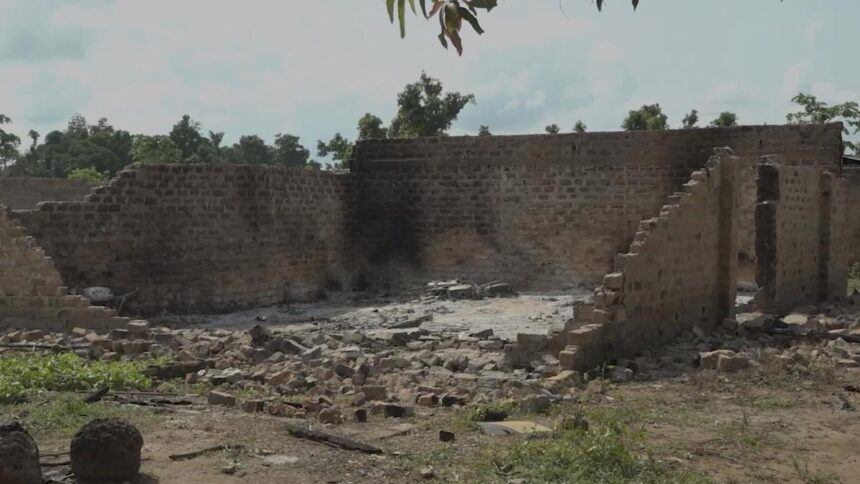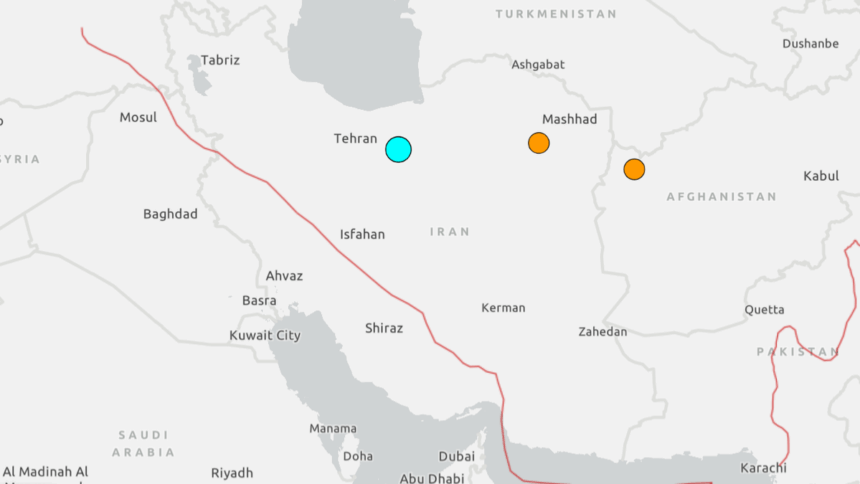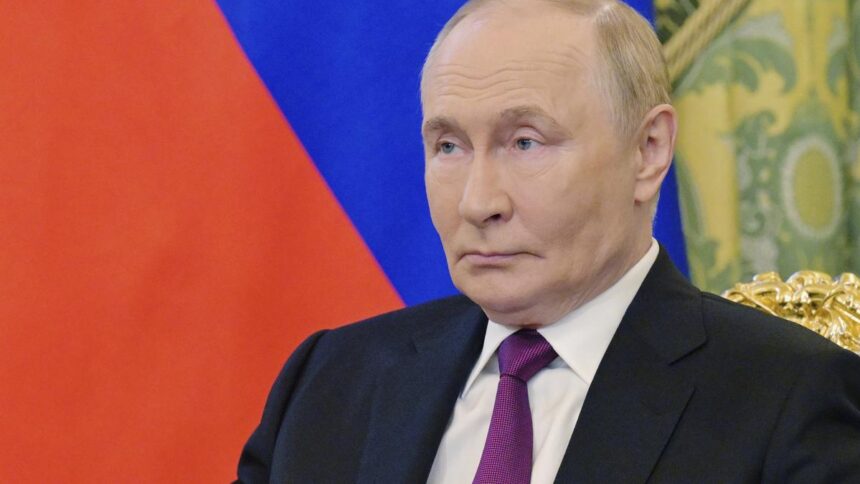Prime Minister Narendra Modi will land in Rio De Janeiro early Sunday (July 6, 2025) morning to attend the BRICS summit (July 6-7), along with leaders of the newly inducted members including Egypt, Ethiopia, UAE, Iran and Indonesia. All eyes will be on a Leaders’ Joint Statement, especially given India’s focus on terrorism after the Pahalgam attack and Operation Sindoor, as well as differences with new members over reforms in the UN Security Council , amid the absence of two key leaders, Russian President Vladimir Putin and Chinese President Xi Jinping. Responding to a query on reactions from the U.S. if BRICS moves towards de-dollarisation, Brazil’s Ambassador to India Kenneth Felix Haczynski da Nobrega says the grouping has no plans of creating an alternate currency, but will build options of local currency trade within itself. Excerpts:
What are your hopes for real outcomes from this summit?
We are envisaging a BRICS which will deliver some results, among them, a dedicated declaration on climate change financing, financing and regulation of artificial intelligence, and a partnership on socially-determined diseases, diseases which we associate with states of poverty. Apart from the first session, all sessions of the Rio BRICS summit will be open to the partner countries and to invited countries. This is an effort at transparency and inclusivity in the platform to discuss the big challenges of humanity. A telling sign is that 30-plus countries have expressed an interest in joining BRICS. This says a lot.
U.S. President Donald Trump has threatened 100-500% tariffs against BRICS if it moves towards de-dollarisation. How seriously do you take the U.S. statements against BRICS?
If you have declarations of an important country like the United States, it is taken seriously. But to speak of a BRICS currency… that is something that does not exist, and we are not envisioning creating a BRICS currency in the foreseeable future. What we are envisaging is stimulating businesses of BRICS countries to adopt local currencies as an option for conducting trade. This will be on a voluntary basis, and it’s nothing new — within MERCOSUR, which is the South American integration process, we have had the possibility of using local-currency trades for more than 25 years. So this is just one more option, not a move against the dollar.
This is the first BRICS summit since the Pahalgam terror attack. How will BRICS address the issue of terrorism?
I can tell you that the Foreign Minister’s meeting of BRICS (on April 28-29), which did not produce a joint statement but had a Chair’s summary, included a paragraph on the Pahalgam attack. So we are quite confident that the Leaders’ Statement at BRICS would also contain a robust paragraph condemning terrorism.
Has the expansion of BRICS led to more tensions within the grouping? There is still no clarity on the membership of Saudi Arabia. Is BRICS losing its cohesiveness?
In the past, even when BRICS was composed of only five members, it always focused on what unites such diverse countries, not on divisions. The five original members — Brazil, Russia, India, China, South Africa — were already diverse countries, and the focus was not on what we cannot do together, but what we can do together. By accepting new members, BRICS has shown its diversity and consensus-building ability. And it is this ability that led to notable results like the establishment of the New Development Bank.
Given the focus on the Global South in BRICS, do you see the Rio Summit pitching itself as a challenger to the more established G-7 grouping?
Brazil has never seen BRICS as a challenge to G-7, or as some kind of bloc against G-7. BRICS is a group that comes together to advance our converging interests. If you look at all BRICS statements, you would not be able to identify any language that could be considered anti-West. We have our interests, and those aren’t against any group of countries.
What are the main outcomes expected from Prime Minister Modi’s visit to Brasilia, and a meeting with President Luiz Inacio Lula da Silva, which will follow the BRICS summit?
The state visit will take place against a backdrop of booming business and engagement between our two countries. Just to give you a figure, in less than two years, we have had 110 missions (trade and bilateral) in both directions, between India and Brazil. These missions were basically focused on four areas: defence, agriculture, energy and the pharmaceutical industry. We have seen an intensification of contacts between government and government on digital partnerships and artificial intelligence. We now have space here to take stock and facilitate business in a number of areas. Oil is a case in point. Brazilian company Petrobras has world-class technology in deep-sea drilling and it wants to cooperate with Indian companies. Defence cooperation is at a turning point, so is agricultural research, and we will have an agreement on cooperation there.




